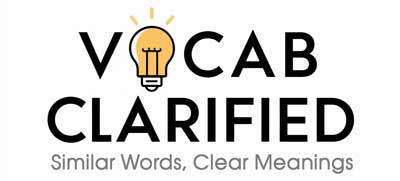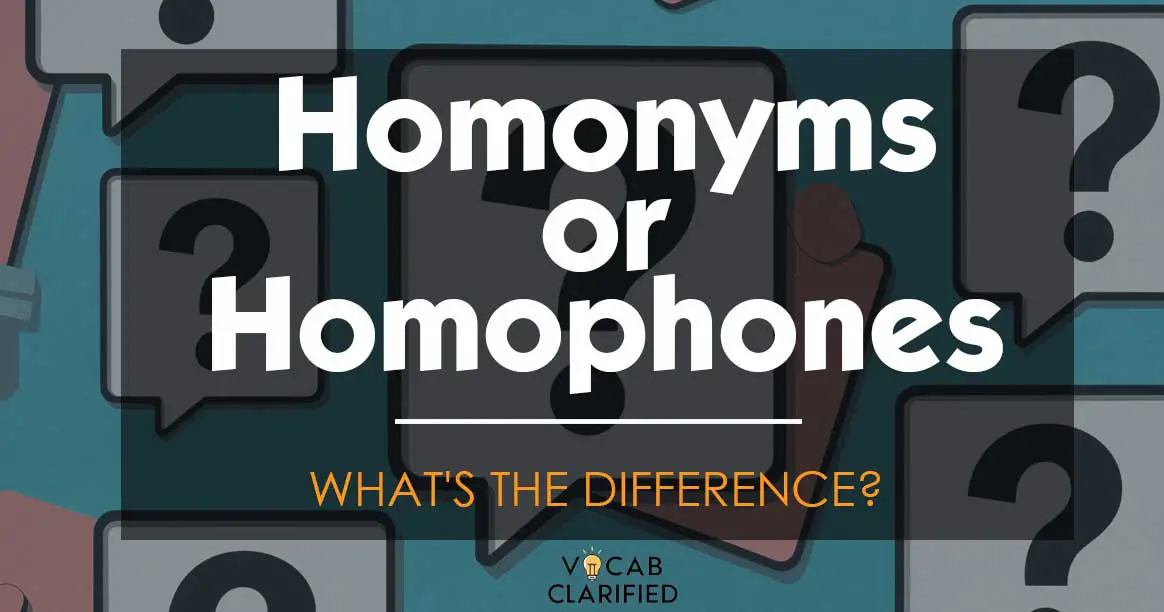Have you ever been confused between homonyms and homophones? If you’ve found yourself wondering what the difference is, you’re not alone. These two linguistic terms often trip people up because they both involve words that sound alike or have multiple meanings.
However, they serve different purposes in language. In this post, we’ll dive into the distinctions between homonyms and homophones and show you when to use each term.
Understanding Homonyms And Homophones
Homonyms: Definition and Usage
Homonyms are words that share the same spelling or pronunciation but have different meanings. The key aspect of homonyms is that they can either be spelled the same (homographs) or sound the same (homophones), while having completely different definitions.
These words often cause confusion because their identical appearance or sound masks the fact that they mean different things depending on the context.
For example:
- Bat (an animal) and bat (an object used in baseball).
- Bank (a financial institution) and bank (the side of a river).
Both pairs are examples of homonyms because they have the same spelling and pronunciation, but their meanings are entirely different depending on usage.
Homophones: Definition and Usage
Homophones, on the other hand, are words that sound the same but have different meanings and spellings. The most important aspect of homophones is their pronunciation.
Even though they sound identical, their meanings and written forms differ, which is what sets them apart from homonyms.
For example:
- Two, too, and to.
- Their, there, and they’re.
In these cases, the words sound alike but mean completely different things and are spelled differently.
Side-by-Side Comparison
| Aspect | Homonyms | Homophones |
| Definition | Words that share the same spelling or pronunciation but have different meanings. | Words that sound the same but have different spellings and meanings. |
| Common Usage | “The bat flew into the cave.” vs. “He swung the bat in the game.” | “Two people are coming over, and I’m going too.” |
| Key Differences | Can be spelled the same or sound the same but have different meanings. | Always sound the same but have different spellings and meanings. |
When deciding between homonyms and homophones, remember that homonyms involve either identical spelling or pronunciation with different meanings, while homophones specifically refer to words that sound the same but differ in both spelling and meaning.
Everyday Usage Examples
Here are examples of how homonyms and homophones appear in everyday language:
- Homonyms:
- “The light in the room was bright.”
- “She tried to light the candle.”
In both cases, light has different meanings—brightness in one and the act of igniting in the other.
- Homophones:
- “I bought two tickets for the concert.”
- “She said she was coming along too.”
Here, two and too sound the same but have distinct meanings and spellings.
- Homonyms:
- “He caught a fly in the net.”
- “The bird can fly high in the sky.”
- Homophones:
- “We need to buy groceries.”
- “Goodbye, see you later!”
Conclusion
In summary, homonyms and homophones may sound alike, but they have distinct differences. Homonyms can either be spelled or pronounced the same, but their meanings change based on context, while homophones are words that always sound alike but differ in spelling and meaning.
By understanding the distinction, you’ll be better equipped to use these terms accurately in writing and speech.

